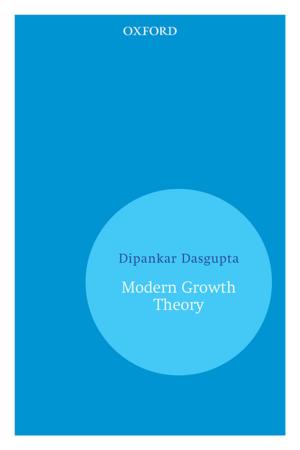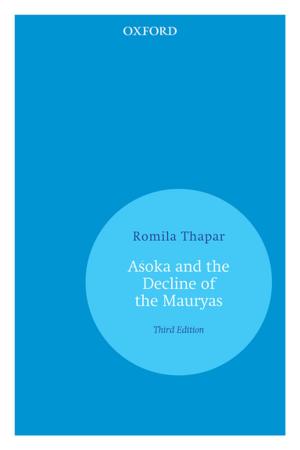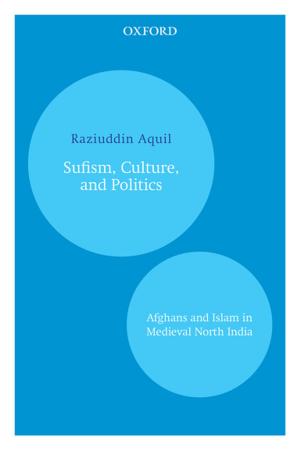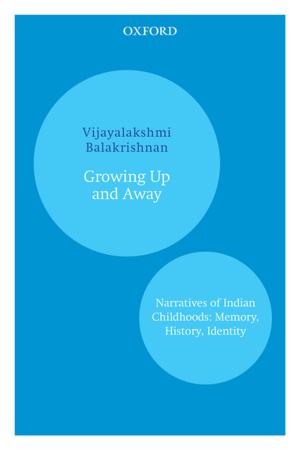The Empire of Disgust
Prejudice, Discrimination, and Policy in India and the US
Nonfiction, Social & Cultural Studies, Political Science, Government, Public Policy, Reference & Language, Law| Author: | ISBN: | 9780199093762 | |
| Publisher: | OUP India | Publication: | August 16, 2018 |
| Imprint: | OUP India | Language: | English |
| Author: | |
| ISBN: | 9780199093762 |
| Publisher: | OUP India |
| Publication: | August 16, 2018 |
| Imprint: | OUP India |
| Language: | English |
All known societies exclude one or more minority groups, frequently employing a rhetoric of disgust to justify stigmatization. For instance, in European anti-Semitism, Jews were considered hyper-physical and crafty; some upper-caste Hindus find the lower castes dirty and untouchable; and people with physical disabilities have been considered subhuman and repulsive. Exclusions vary in their scope and also in the specific disgust-ideologies underlying them. In The Empire of Disgust, scholars present an interdisciplinary and comparative study of varieties of stigma and prejudice in India and USA—along the axes of caste, race, gender identity, age, sexual orientation, disability, ethnicity, religion, and economic class—pervading contemporary social and political life. In examining these forms of stigma and their intersections, the contributors present theoretically pluralistic and empirically sensitive accounts that explain group-based stigma and suggest forward-looking remedies, including group resistance to subordination as well as institutional and legal change, equipped to eliminate stigma in its multifaceted forms.
All known societies exclude one or more minority groups, frequently employing a rhetoric of disgust to justify stigmatization. For instance, in European anti-Semitism, Jews were considered hyper-physical and crafty; some upper-caste Hindus find the lower castes dirty and untouchable; and people with physical disabilities have been considered subhuman and repulsive. Exclusions vary in their scope and also in the specific disgust-ideologies underlying them. In The Empire of Disgust, scholars present an interdisciplinary and comparative study of varieties of stigma and prejudice in India and USA—along the axes of caste, race, gender identity, age, sexual orientation, disability, ethnicity, religion, and economic class—pervading contemporary social and political life. In examining these forms of stigma and their intersections, the contributors present theoretically pluralistic and empirically sensitive accounts that explain group-based stigma and suggest forward-looking remedies, including group resistance to subordination as well as institutional and legal change, equipped to eliminate stigma in its multifaceted forms.















